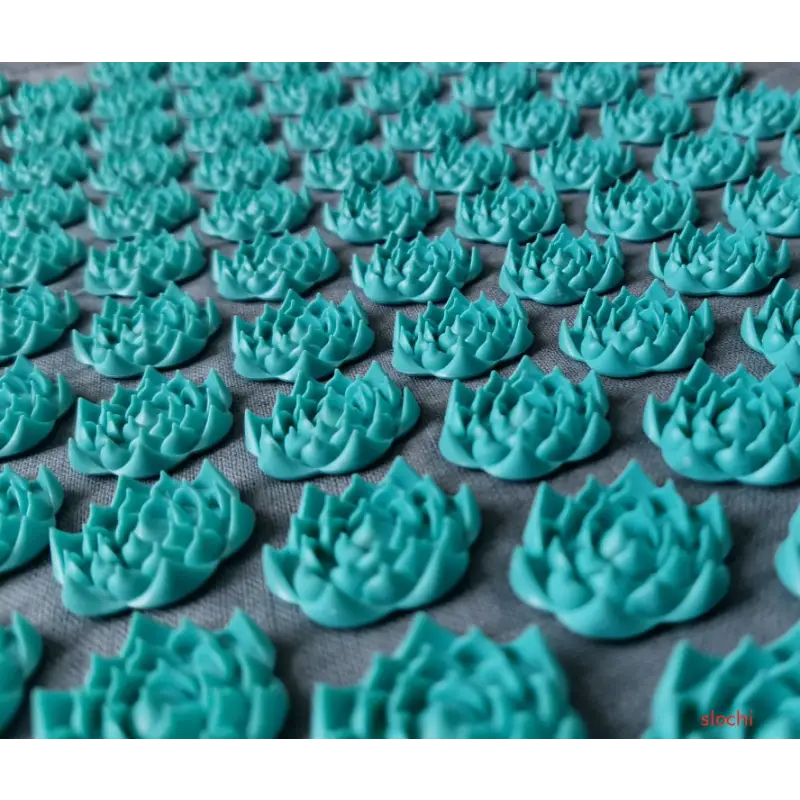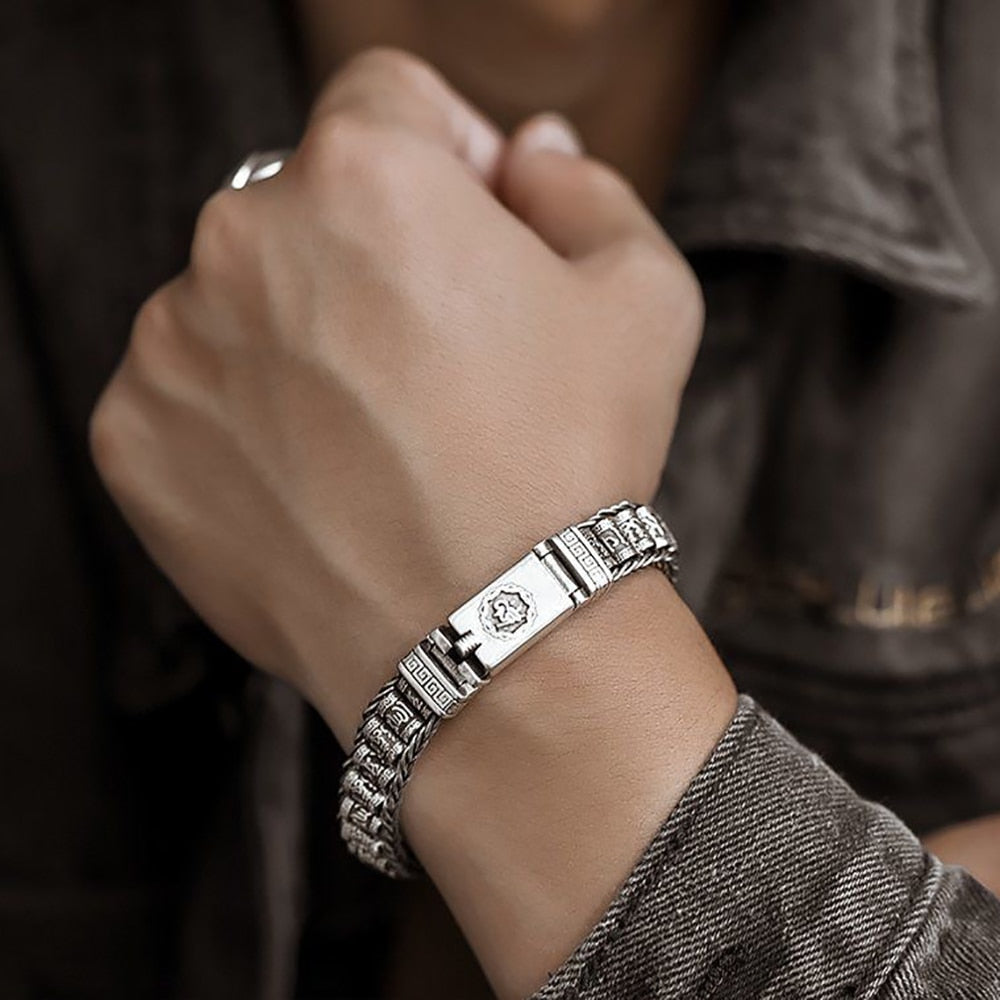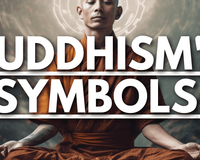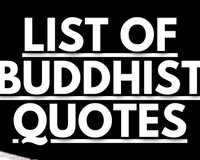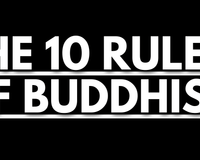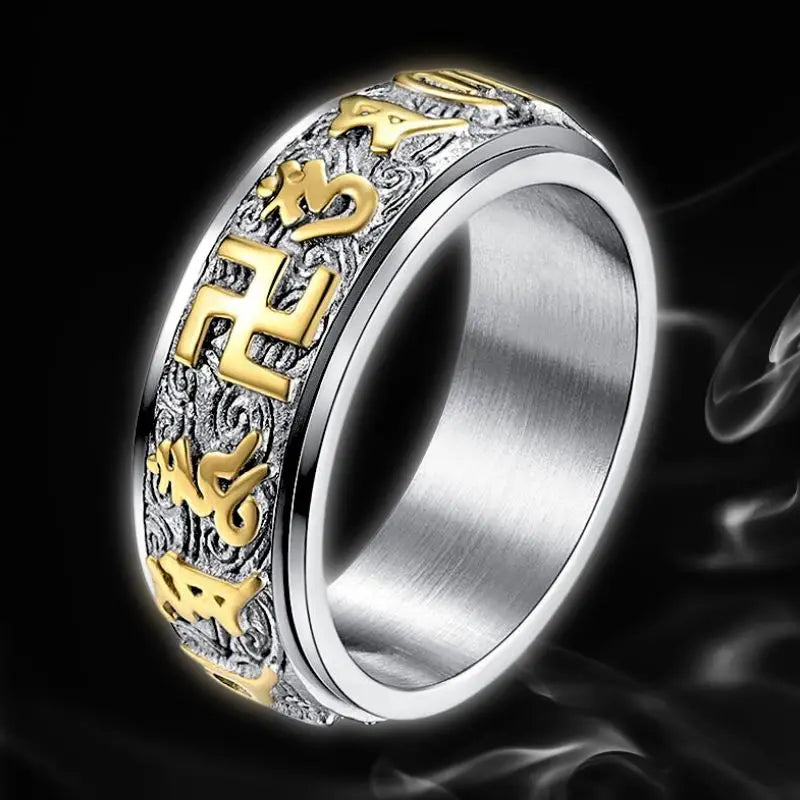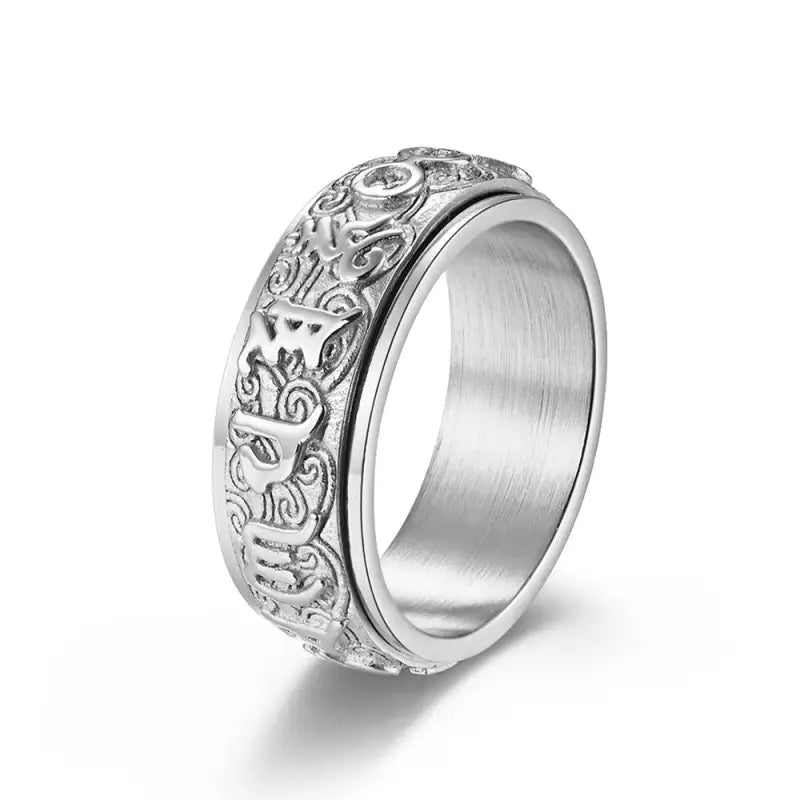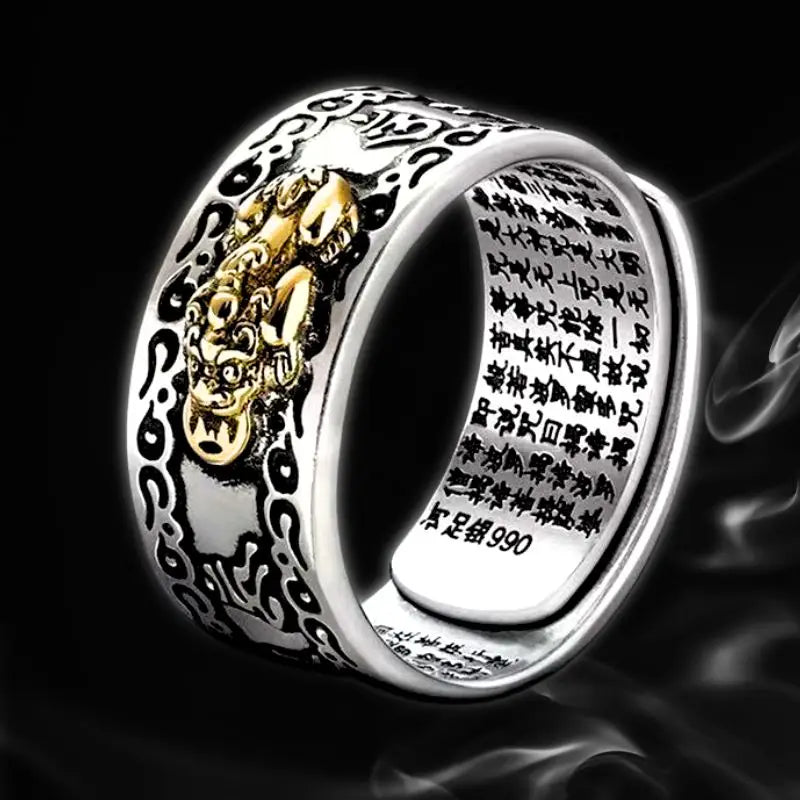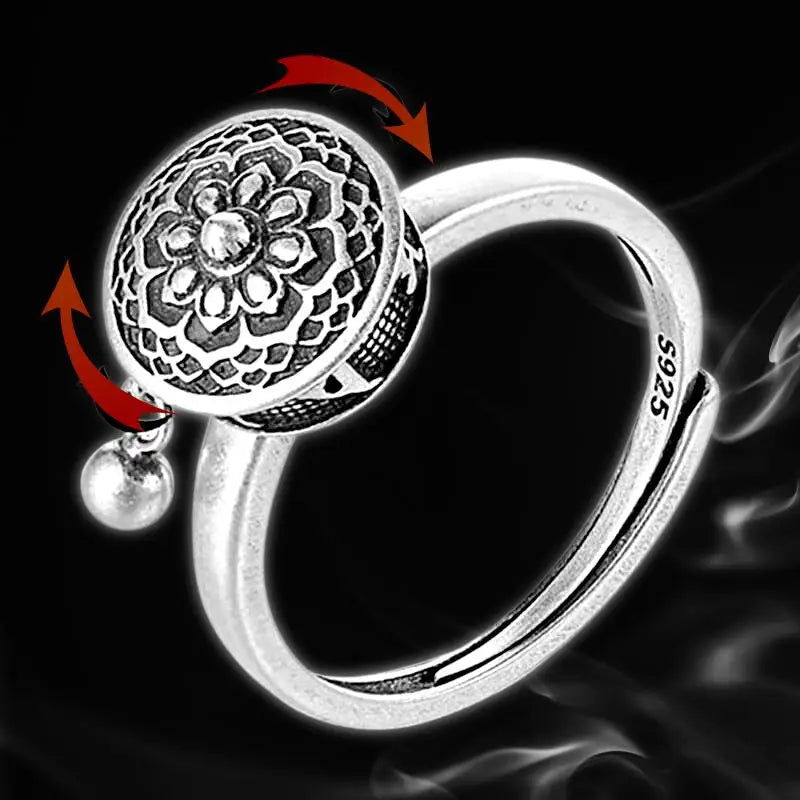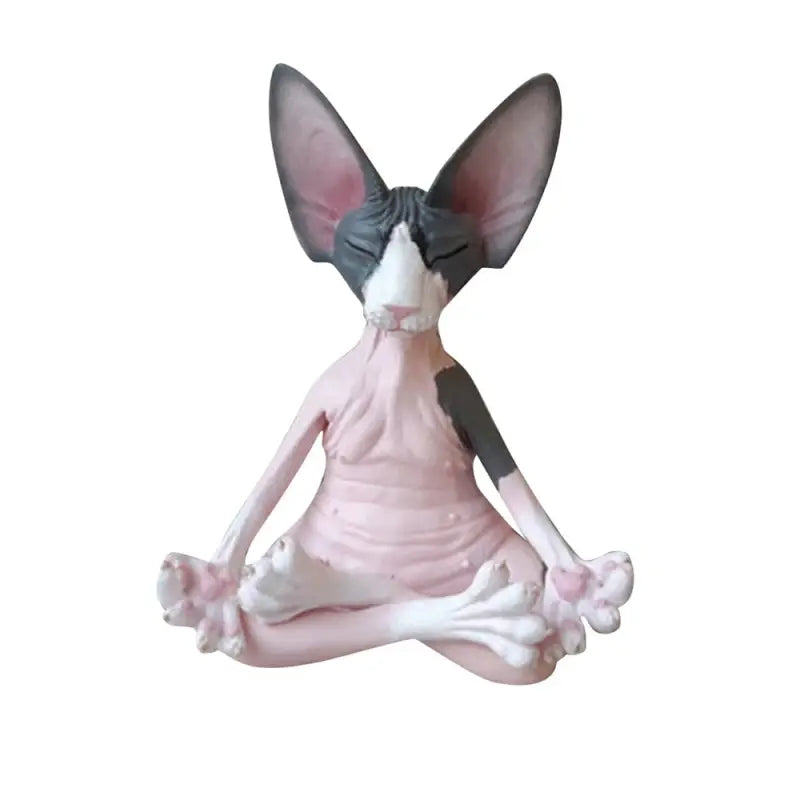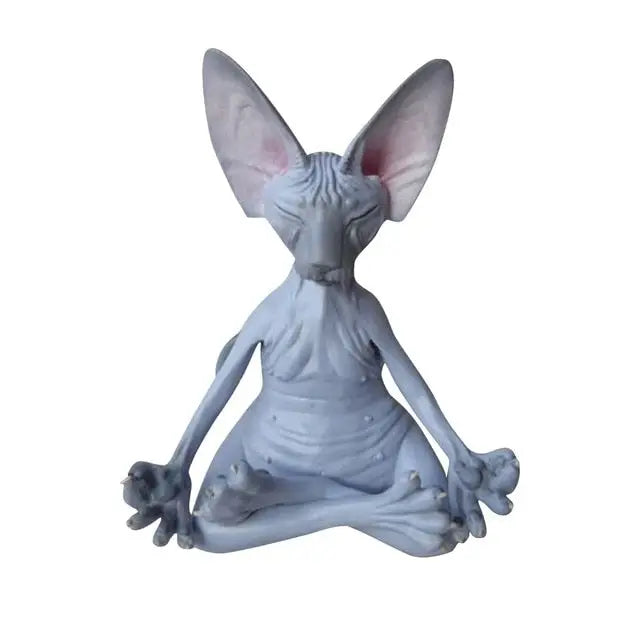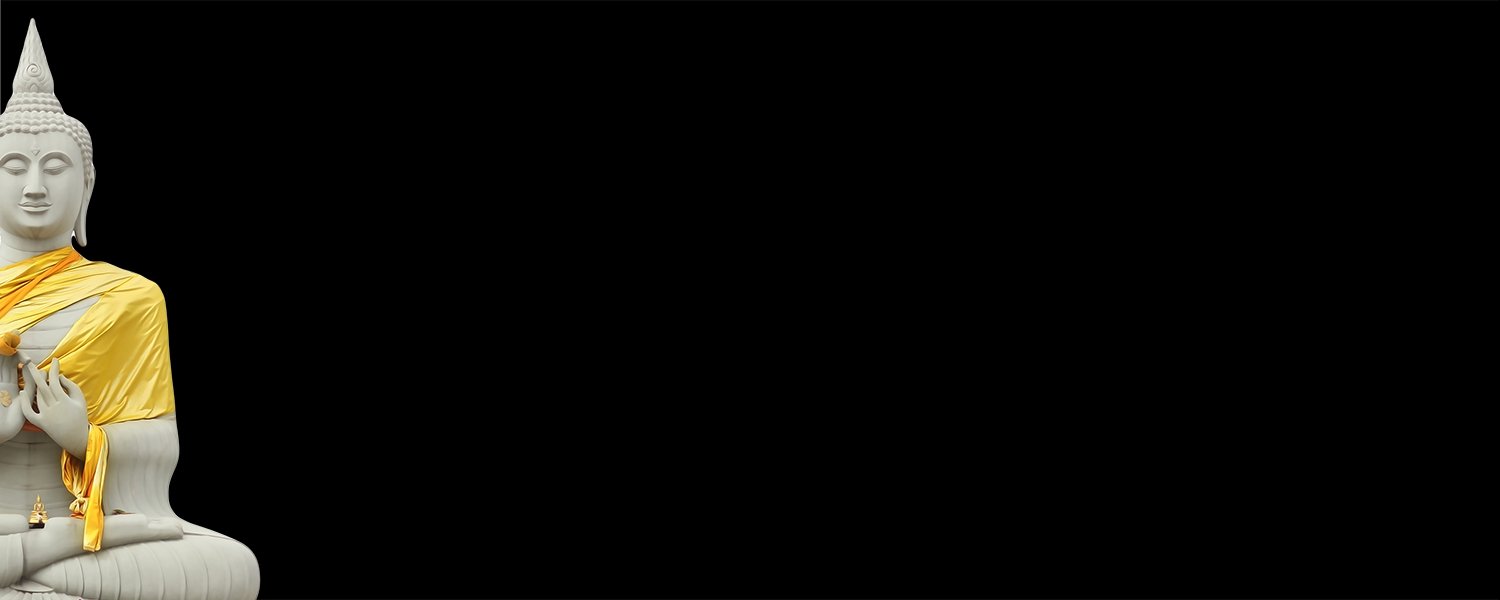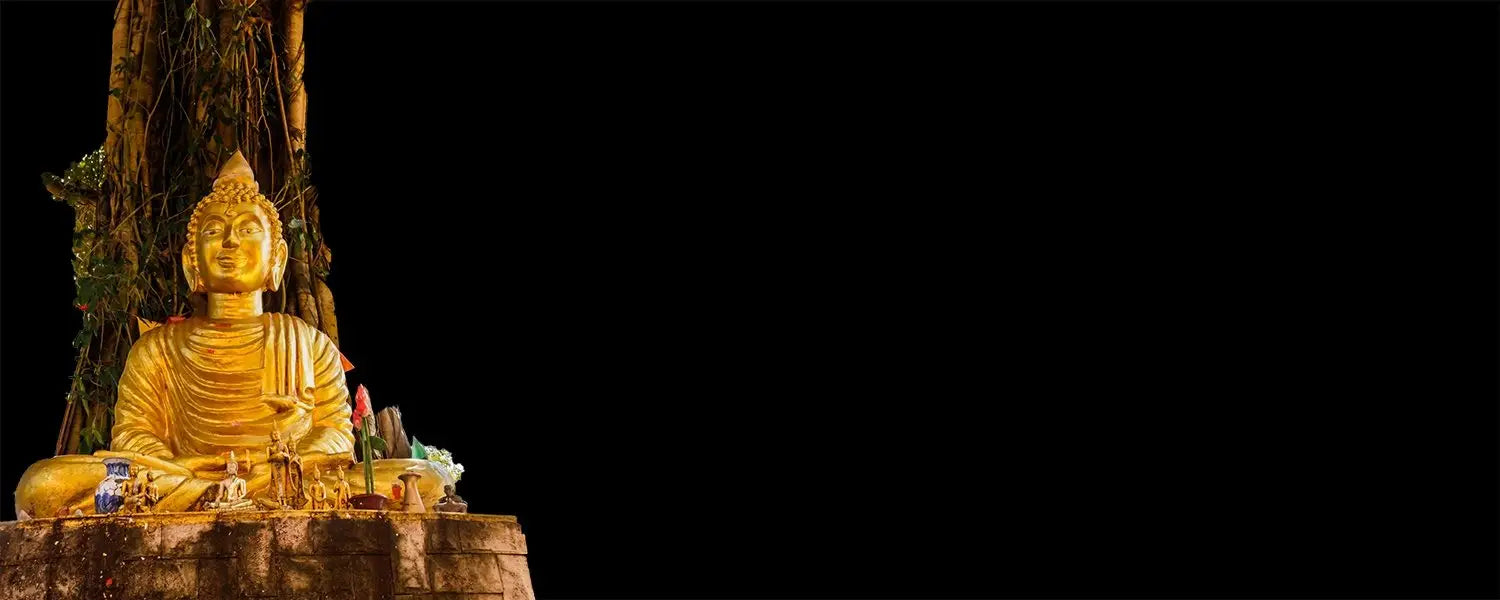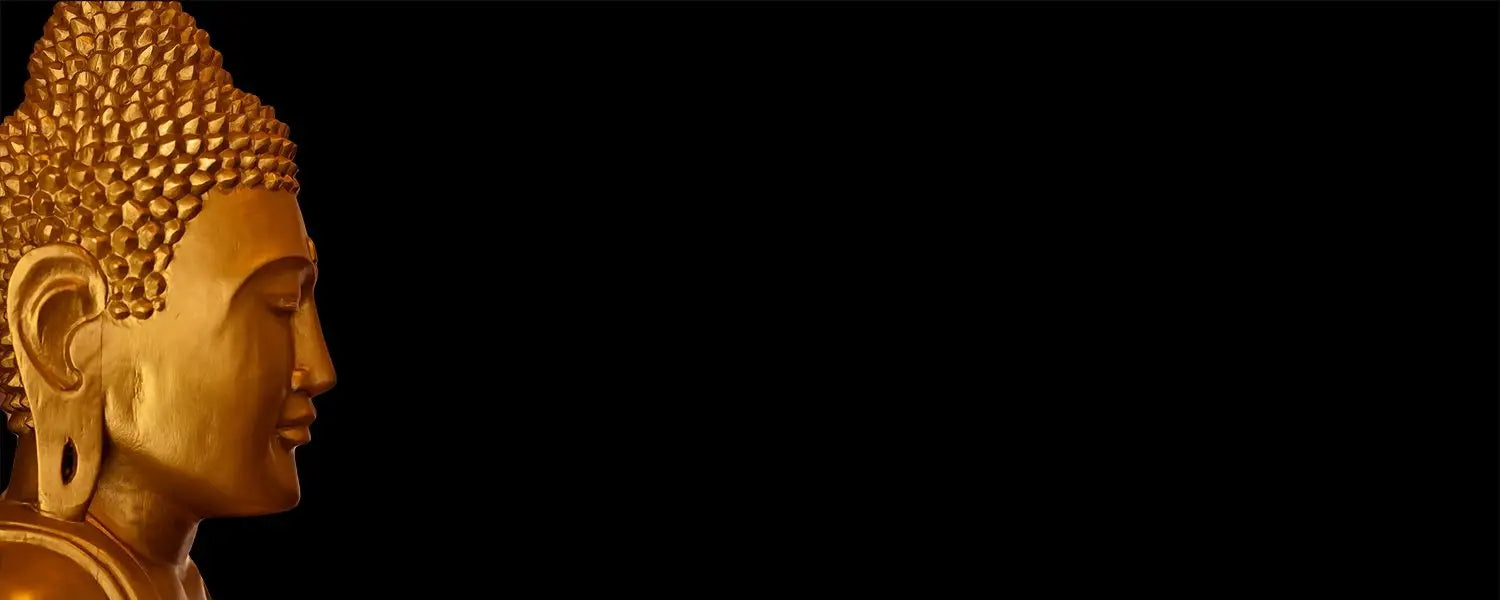What are the Buddhism symbols and their meanings?
If you're here, you're probably asking yourself this question, and you're in the right place to find the answer! Discover now the most represented Buddhism symbols.
Buddhism began as early as the 4th or 6th century BCE when Siddhartha Gautama started spreading his teachings about suffering, nirvana, and rebirth in India. Siddhartha himself was opposed to accepting images of himself and used many different symbols to illustrate his teachings.

There are eight different auspicious symbols in Buddhism, and many say these represent the gifts God gave to Buddha when he achieved enlightenment.
What do the different Buddhist symbols mean?
The role of images in early Buddhism is not known, although many surviving images can be found because their symbolic or representative nature was not clearly explained in ancient texts.
Among the oldest and most common symbols in Buddhism are the stupa, the Dharma wheel, and the lotus flower. The Dharma wheel, traditionally depicted with eight spokes, can have different meanings.
Initially, it only meant royalty (a concept of the "monarch of the wheel, or chakravartin"), but it began to be used in a Buddhist context on Ashoka's pillars in the 3rd century BCE.
The Dharma wheel is generally considered to refer to the historical process of the Buddha's dharma teaching; the eight spokes refer to the Noble Eightfold Path. The lotus flower, as well, can have several meanings, often referring to the inherently pure potential of the mind.
Other ancient symbols include the Trisula, a symbol used since the 2nd century BCE that combines the lotus, the diamond vajra staff, and a symbolization of the three jewels (The Buddha, the Dharma, the Sangha).
The swastika was traditionally used in India by Buddhists and Hindus as a sign of good luck. In East Asia, the swastika is often used as a general symbol of Buddhism. The swastikas used in this context can be oriented to the left or to the right.
Early Buddhism did not depict the Buddha himself and may have been aniconic. The first hint of human representation in Buddhist symbolism appears with the footprint of the Buddha.

The eight auspicious Buddhist symbols form the body of Buddha. (Ashtamangala)
- The parasol represents the head of Buddha
- The two fish represent the eyes of Buddha
- The vase represents the neck of Buddha
- The lotus represents his tongue
- The golden Dharma wheel represents his feet
- The victory banner represents the body of Buddha
- The conch represents the speech of Buddha
- And the endless knot represents the mind of Buddha.
This is a sacred sequence of Eight Auspicious Symbols found in various Dharmic traditions such as Hinduism, Jainism, Buddhism, and Sikhism.
These symbols or "symbolic attributes" serve as both a focal point of meditation and instructional tools. They not only point towards qualities of an enlightened mind but also serve as the adornments that embellish these enlightened "qualities."
Many enumerations and cultural variations of the Ashtamangala still exist. Originally, in India, sets of eight auspicious symbols were used during ceremonies like the inauguration or coronation of a king.
The first set of symbols included: throne, swastika, svastika, handprint, hooked knot, vase of jewels, water libation flask, pair of fish, and a bowl with a lid.
In Buddhism, these eight symbols of good fortune represent offerings made by the gods to Buddha Shakyamuni immediately after he attained enlightenment.
1. The Buddhist Parasol (The Chatra)

A parasol can protect people from various elements like the sun or rain. In this context, a parasol signifies protection from suffering and harmful forces. It can also symbolize the pleasure of enjoying the cool shade it provides.
Learn more about the Buddhist parasol
2. The Two Golden Fish

The two golden fish were originally drawn to symbolize the Ganges and Yamuna rivers in ancient times. Through interpretation, they became synonymous with luck and fortune. They also represent the courage and fearlessness to navigate the ocean of suffering and swim freely like fish in the water.
Learn more about the two golden fish
3. The Conch

This large shell was traditionally used in many countries as a horn in battle. In Buddhism, the white conch shell that spirals to the right signifies the deep and joyful sound of Dharma teachings. It represents the awakening that disciples experience when hearing these teachings. The conch shell can also symbolize people's awakening from ignorance.
Learn more about the Symbol of the Buddhist Conch
4. The Lotus Flower

The lotus has been used in numerous Buddhist teachings to convey the true nature of all humanity. The roots of the lotus plant are deeply embedded in mud, yet it still rises above the muddy water and blossoms into a beautiful flower with a sweet fragrance. The lotus can be analogous to how we rise above our suffering to attain enlightenment, beauty, and clarity. Different-colored lotus plants signify different things in Buddhism. A white lotus is a symbol of mental and spiritual purity. Other colors and their meanings include:
- Red - This represents the heart, love, and compassion.
- Pink - This represents the historical Buddha.
- Violet - This represents mysticism.
- Blue - This represents wisdom, as well as sensory control.
- Red - This represents the heart, love, and compassion.
- Pink - This represents the historical Buddha.
- Violet - This represents mysticism.
- Blue - This represents wisdom, as well as sensory control.
Learn more about the Lotus Flower and its Meaning
5. The Victory Banner

This symbol represents how Buddha defeated the demon Mara. In Buddhism, this demon symbolizes passion, lust, and pride. The Victory Banner is used to remind people that they must conquer their own pride, lust, and passions to attain enlightenment.
Learn more about The Victory Banner
6. The Treasure Vase or Wisdom Urn

A vase can be filled with many different things. In Buddhism, the vase can signify the shower of health, wealth, prosperity, and all the good things that come with enlightenment.
It represents health, longevity, wealth, prosperity, wisdom, and the phenomenon of space.
Learn more about the Wisdom Urn
7. The Dharma Wheel or Dharmachakra

The Dharma Wheel, also known as the Dharma Chakra, is often used to represent Buddha himself.
8. The Eternal Knot

The intertwining of lines in the Eternal Knot is said to symbolize how everything is interconnected. It can also represent how religion and secular affairs, as well as compassion and wisdom, are united and linked to each other.
The "endless knot" or "eternal knot" represents the interplay of wisdom and compassion; it signifies the mutual dependence of religious doctrine and secular affairs.
Learn more about the Symbolic Meaning of the Endless Knot in Buddhism
Other Buddhist Symbols with Significant Importance
Bodhi Leaf and Bodhi Tree

The Bodhi tree, also known as the Bo tree (from the Sinhalese "Bo"), was a large and very old sacred fig tree located in Bodh Gaya (about 100 km from Patna in the Indian state of Bihar). It is under this tree that Siddhartha Gautama, the spiritual teacher and founder of Buddhism later known as Gautama Buddha, is believed to have attained enlightenment, or Bodhi.
In religious iconography, the Bodhi Tree is recognizable by its heart-shaped leaves, which are typically prominently displayed. It takes 100 to 3000 years for a Bodhi tree to grow fully.
The term "Bodhi Tree" is also widely applied to existing trees, especially the Sacred Fig tree that grows at the Mahabodhi Temple, which is a direct descendant of the original specimen.
This tree is a frequent destination for pilgrims, being the most important of the four main Buddhist pilgrimage sites.
Other sacred Bodhi trees of significant importance in Buddhist history include the Anandabodhi tree in Sravasti and the Bodhi tree in Anuradhapura, Sri Lanka. Both are believed to have been propagated from the original Bodhi tree.
Learn more about the Meaning of the Bodhi Tree
Footprint of the Buddha

The Buddha's footprint is an impression of one or both feet of Siddhartha Gautama. There are two forms: natural forms found in stone or rock and artificial forms.
Many of the "natural" ones, of course, are recognized as not actual footprints of the Buddha but replicas or representations of them, which can be considered Cetiya (Buddhist relics) as well as an anionic and symbolic representation of the Buddha in his early days.
Buddha's footprints abound throughout Asia, dating from different periods. They often bear distinctive signs, such as a Dharma wheel at the center of the sole or the 32, 108, or 132 auspicious signs of the Buddha, engraved or painted on the sole.
Learn more about the Meaning of the Buddha's Footprint.
The Empty Throne

The empty throne resides in the concept of "emptiness," an important element of mysticism. This symbol also signified the royalty of Siddhartha Gautama.
Learn more about The Empty Throne in Buddhism.
The Buddhist Lion

The lion is one of the most significant symbols in Buddhism. The lion represents royalty, symbolizing what the Buddha was a part of before attaining enlightenment. It also signifies the power of the Buddha's teachings and is often compared to the roar of a lion.
Learn more about The Lion in Buddhist Religion
Swastika or Swastika Cross

In the Buddhist tradition, the swastika symbolizes the feet or footprints of the Buddha and is often used to mark the beginning of texts. Modern Tibetan Buddhism uses it as a clothing decoration. With the spread of Buddhism, it entered the iconography of China and Japan, where it was used to denote plurality, abundance, prosperity, and long life.
Learn more about Swastika, the Buddhist Swastika Cross
The Four Celestial Kings

The Four Heavenly Kings - In the Buddhist faith, the Four Celestial Kings are four guardian deities, each watching over a cardinal direction of the world.
Learn more about The Four Celestial Kings in Buddhist Religion
The Eyes of Buddha

Eyes of Buddha - Also known as Wisdom Eyes, this pair of eyes is typically depicted on the four sides of Buddhist shrines known as Stupas. The symbol signifies the all-seeing and all-knowing eyes of Buddha and represents the presence of the Lord all around.
The curved line beneath the eyes in the middle (where the nose is on a face) is the Sanskrit numeral symbolizing the unity of all and also signifies that the only way to attain enlightenment is through the teachings of Buddha. The dot between the eyes is indicative of the third eye, representing spiritual awakening.
Learn more about The Eye of Buddha | Meaning & History
Vajra
The Vajra is a tantric Buddhist symbol representing great spiritual power and the steadfastness of the mind. It symbolizes one of the three main branches of Buddhism, Vajrayana.
Shaped like a club with a spherical, ribbed head, the Vajra symbolizes the attributes of a diamond (purity and indestructibility) as well as the properties of lightning (irresistible energy). It also represents endless, skillful, and powerful activity.
In Tibetan Buddhism, the Vajra is also a ritual tool and is known as Dorje. It is used along with a bell by lamas and other practitioners of sadhana.
Learn more about Vajra, a widely used ritual object in Tibetan Buddhist ceremonies.
Ensō
In Zen Buddhism, ensō is a sacred symbol often referred to as "The Circle of Enlightenment." It is a circle drawn by hand in one or two brush strokes to express a moment when the mind is free to let the body create. Some artists draw ensō as an open circle, while others complete the circle.

At first glance, ensō may appear as a roughly drawn circle, but it symbolizes many things: strength, elegance, the universe, our truest and innermost self, beauty in imperfection, and the uniqueness of all things in life.
It also symbolizes the perfect meditative state or enlightenment. Ensō is a visual expression of the Heart Sutra. The form is empty, and emptiness is form - a circle in which everything is contained within, or equally excluded by its boundaries.
Learn more about Ensō | The Circle of Enlightenment in Buddhism
Aum (Om)
Om, also written as Aum, is a mystical and sacred syllable originating from Hinduism but now common in Buddhism and other religions. In Hinduism, Om is the first sound of creation and symbolizes the three stages of existence: birth, life, and death.
The most well-known use of Om in Buddhism is in Om Mani Padme Hum.
By chanting or looking at the syllables, we invoke the compassion of the bodhisattva and instill his qualities. The letters AUM (Om) symbolize the body, mind, and speech of the Buddha; "Mani" is for the path of teaching; "Padme" for the wisdom of the path, and "hum" signifies wisdom and the path to it.
Learn more about What Does the Aum/Om Symbol Mean?
The Three Buddhist Jewels
The Three Jewels are also known as the Three Refuges. When a person accepts Buddhist teachings and wants to integrate them into their life, the traditional path is to take refuge in the three jewels, the most precious elements of the Buddhist path.

The first jewel is the Buddha, enlightened or awakened, as well as our own Buddha nature. The second jewel is the Dharma, the path that follows the teachings of the Buddha and leads to awakening. The Sangha is the third precious jewel.
The three jewels are also a symbol for the diamond mind, which can cut through all illusion. The yellow jewel symbolizes the Buddha, the blue jewel symbolizes the Dharma, and the red jewel symbolizes the Sangha.
Learn more about the Three Jewels
The Alms Bowl
The alms bowl is one of the primary symbols of monastic life. Each monk and nun receives a bowl when they are ordained and carries it with them wherever they go. They accept any food offered for their sustenance and serve as a blessing for the giver. In this way, the bowl symbolizes the middle path between the giver and the receiver.
According to legend, the ascetic Siddhartha practiced austerity until he was nearly starved. A young woman offered him a golden bowl filled with rice and milk, which he accepted. After eating, he threw the bowl into the river as a symbol of renunciation. This story symbolizes another aspect of the middle path, which is to avoid extreme practices and attachments.
Learn more about the Buddhist Object | The Alms Bowl
Buddhist Bell
Since ancient times, temple bells have invited monks and nuns to meditation and ceremonies. The gentle sound of a bell during chanting helps disciples focus on the present moment and release daily worries.

A sense of peace and calm can be enhanced by the sound of the bell. For this reason, wind chimes are often hung on the eaves of stupas and temples to create peaceful and meditative spaces with their soothing tinkling.
The ringing of the bell is a symbol of the Buddha's voice. It also represents wisdom and compassion and is used to call upon celestial deities for protection and to ward off evil spirits. Many old temples have bells at their entrances that must be rung before entering. Bells are available in a wide range of sizes and styles.
Learn more about the Meaning of Buddhist Bells
Buddhist Flag

The six colors of the Buddhist flag represent the six colors of the Buddha's aura when he attained enlightenment. Blue represents universal compassion, yellow for the middle path, red for blessings, white for purity and liberation, and orange for wisdom. The sixth color is the combination of the other colors and is not displayed.
The flag was designed in 1880 by an American journalist, Colonel Henry Steele Olcott. The horizontal stripes represent harmony among races, and the vertical stripes represent peace among nations, all under the shield of the Buddha's wisdom.
Learn more about the Buddhist Flags | History and Meaning






